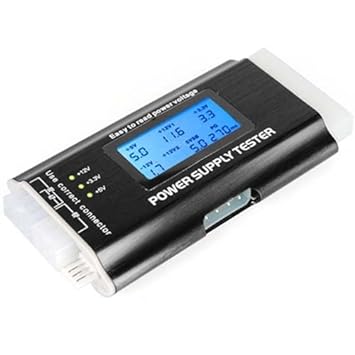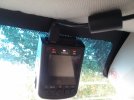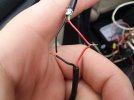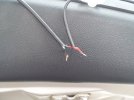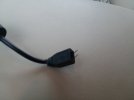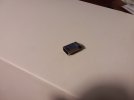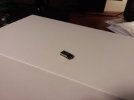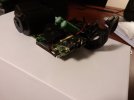Dan Robinson
Member
Have 4 SG cams:
1 front
2 rear
3 driver side
4 passenger side
Cams 1 and 2 had bad plugs due to tight fit. Went to Micro Center and bought 2 USB cables with angled plugs. Cut and spliced these into power cables of 1 and 2. Red to red and black to black, splice is about 3 inches from USB plug end of cable. Camera 4 has been spliced this way for years after plug went bad the same way.
Camera 2 powered up normally after splice. Camera 1 doesn't power up at all, not even any of the leds. Tried camera 2 on camera 1 plug, same thing. But now camera 2 does not power on. Tried plugging camera 1 and 2 into plug for still original unaltered cable for camera 3, neither power on. Plugged camera 3 back in and PCB socket connection broke off, taking down camera 3.
All told, lost over $600 worth of cameras in 20 minutes. What happened?
1 front
2 rear
3 driver side
4 passenger side
Cams 1 and 2 had bad plugs due to tight fit. Went to Micro Center and bought 2 USB cables with angled plugs. Cut and spliced these into power cables of 1 and 2. Red to red and black to black, splice is about 3 inches from USB plug end of cable. Camera 4 has been spliced this way for years after plug went bad the same way.
Camera 2 powered up normally after splice. Camera 1 doesn't power up at all, not even any of the leds. Tried camera 2 on camera 1 plug, same thing. But now camera 2 does not power on. Tried plugging camera 1 and 2 into plug for still original unaltered cable for camera 3, neither power on. Plugged camera 3 back in and PCB socket connection broke off, taking down camera 3.
All told, lost over $600 worth of cameras in 20 minutes. What happened?
Last edited:

